Description
Familiarity with treatment
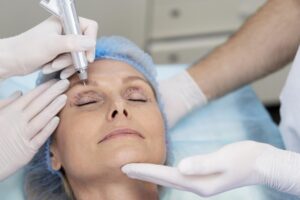
Laser blepharoplasty is a surgical procedure that uses a laser instead of a scalpel to perform eyelid surgery. It is often performed to address concerns such as under-eye bags, excess skin, and wrinkles around the eyes. Laser blepharoplasty can be performed on both the upper and lower eyelids.
The procedure begins with a consultation and evaluation with a plastic surgeon who specializes in blepharoplasty. The surgeon will assess your eligibility for the procedure and discuss the expected outcomes. Laser blepharoplasty is only recommended if it is considered safe for the patient. If the surgeon believes that a laser eyelid lift is too risky, alternative treatments may be explored.
During the surgery, the surgeon uses a laser to make precise incisions and remove excess skin, muscle, and fat from the eyelids. The laser allows for better intraoperative visibility, less bleeding, and a smoother healing process compared to traditional blepharoplasty performed with a scalpel.
Laser blepharoplasty can be combined with laser skin resurfacing, although it is not required for every patient. The surgeon tracks the results of the treatment and may recommend additional procedures or treatments based on the individual’s needs.
Recovery after laser blepharoplasty typically involves about 3 to 4 days of downtime, which is shorter compared to traditional blepharoplasty. Most patients feel ready to return to work within a week, once the sutures are removed from the upper eyelids.
Who is it suitable for?
Laser blepharoplasty is suitable for individuals who are seeking to address concerns such as under-eye bags, excess skin, and wrinkles around the eyes. However, it’s important to note that laser blepharoplasty may not be suitable for everyone, and eligibility for the procedure is determined on a case-by-case basis.
Factors that may disqualify a patient from laser blepharoplasty include previously diagnosed medical conditions or health issues that could jeopardize the patient’s well-being. It is crucial to have a consultation with a qualified plastic surgeon who specializes in blepharoplasty to determine your eligibility for the procedure.
Laser blepharoplasty offers several advantages over traditional blepharoplasty, such as more precise incisions, better intraoperative visibility, less bleeding, and a smoother healing process. It may also result in shorter recovery times compared to traditional blepharoplasty.
Who is it not suitable for?
Laser blepharoplasty may not be suitable for everyone. There are certain factors that may disqualify a patient from undergoing laser blepharoplasty. These factors can include:
Underlying Medical Conditions: Individuals with certain medical conditions, such as uncontrolled diabetes, autoimmune diseases, uncontrolled high blood pressure, or bleeding disorders, may not be suitable candidates for laser blepharoplasty. These conditions can increase the risk of complications during or after the surgery.
Eye Conditions: Patients with certain eye conditions, such as glaucoma, dry eye syndrome, or severe eye allergies, may not be suitable for laser blepharoplasty. These conditions can affect the healing process or increase the risk of complications.
Smoking: Smoking can impair the healing process and increase the risk of complications after any surgical procedure, including laser blepharoplasty. Surgeons may recommend patients to quit smoking for a certain period before and after the surgery to optimize healing and minimize risks.
Expectations: It’s important for patients to have realistic expectations about the outcomes of laser blepharoplasty. The procedure can improve the appearance of the eyelids and address specific concerns, but it may not completely eliminate all signs of aging or achieve perfection. Patients with unrealistic expectations may not be suitable candidates for the procedure.
Psychological Factors: Patients should have a stable mental and emotional state before undergoing any cosmetic surgery, including laser blepharoplasty. It’s important to have a clear understanding of the motivations behind the surgery and have realistic expectations about the outcomes.
Advantages
Laser blepharoplasty offers several advantages compared to traditional blepharoplasty. Here are some of the advantages mentioned in the search results:
Minimized Bleeding: The use of a laser during blepharoplasty can minimize bleeding during the procedure. The laser beam vaporizes tissue and seals small blood vessels, reducing bleeding and making the surgery faster and easier for the surgeon 1.
Reduced Risk of Scarring: Laser blepharoplasty may result in reduced scarring compared to traditional blepharoplasty. The areas touched by the laser beam heal with less wound contraction and scarring due to the reduced amount of myofibroblasts formed at the surgical site 1.
Faster Recovery: Laser blepharoplasty may have a shorter recovery time compared to traditional blepharoplasty. Patients can expect about 3 to 4 days of recovery, which is significantly less than traditional blepharoplasty. Most patients feel ready to go back to work in about a week, once the sutures are removed from the upper eyelids 2.
Precise Incisions: The laser allows for more accurate and precise incisions during the surgery. Surgeons can determine the exact amount of tissue to remove, resulting in more precise outcomes 3.
Potential for Combined Treatments: Laser blepharoplasty can be combined with laser skin resurfacing, although it is not required for every patient. This combination can provide additional benefits, such as improved skin texture and tightening 3.
Complications
Complications of laser blepharoplasty, like any surgical procedure, can occur. Here are some potential complications that may be associated with laser blepharoplasty:
Wound Dehiscence: Wound dehiscence refers to the separation of the surgical incision. Risk factors for wound dehiscence include infection, restless sleepers, and minor postoperative trauma. Proper suture choice and placement can help minimize this complication 1.
Eye Function and Ocular Injury: A study examined the safety of laser blepharoplasty and found no serious adverse effects. Preoperative and postoperative evaluations were conducted to assess eye function and ocular injury 2.
Bruising and Edema: Bruising and edema (swelling) are common side effects of blepharoplasty, including laser blepharoplasty. Precise use of diathermy for vessel coagulation and careful surgical technique can help reduce the risk of these side effects 3.
Infection: Infection is a potential complication of any surgical procedure, including laser blepharoplasty. Proper wound care and adherence to postoperative instructions can help minimize the risk of infection.
Unsatisfactory Results: While laser blepharoplasty can provide marked improvement in eyelid aesthetics, there is a possibility of unsatisfactory results. Patient expectations, individual healing, and other factors can influence the outcome 4.
preoperative care
Preoperative care for laser blepharoplasty involves several important steps to ensure a safe and successful procedure. Here are some key aspects of preoperative care:
Patient Evaluation: A thorough evaluation is conducted to assess the patient’s overall health, medical history, and suitability for laser blepharoplasty. This evaluation includes discussions about the patient’s goals, expectations, and any underlying medical conditions that may affect the procedure.
Medical and Ophthalmologic Visit: A preoperative evaluation with a detailed medical and ophthalmologic visit is performed. This helps identify any potential risks or contraindications for the procedure and ensures that the patient is in good health for surgery.
Detailed Personal History: The surgical team obtains a detailed personal history from the patient, including information about their skin type, clinical symptoms, health conditions, previous medications, and lifestyle. This information helps guide the surgical approach and ensures that the procedure is tailored to the patient’s specific needs.
Discussion of Expectations: The surgeon discusses the patient’s expectations and goals for the procedure. This allows for a clear understanding of what can be achieved with laser blepharoplasty and helps manage the patient’s expectations.
Preoperative Instructions: The patient is provided with specific preoperative instructions to follow before the surgery. These instructions may include guidelines on fasting, medication restrictions, and skincare routines to prepare the skin for the procedure.
Photographs: Preoperative photographs may be taken to document the patient’s baseline appearance and serve as a reference point for assessing the results of the procedure.
Discussion of Risks and Benefits: The surgeon discusses the potential risks and benefits of laser blepharoplasty with the patient. This allows the patient to make an informed decision and understand the possible outcomes of the procedure.
Postoperative care
After laser blepharoplasty, proper postoperative care is crucial for optimal healing and recovery. Here are some key points to consider:
Protective Measures: Immediately after the surgery, it is important to wear dark sunglasses to protect your eyes from light sensitivity during your trip home 1. The ointment used during the surgery may temporarily blur your vision, but this usually resolves within 24 hours 1. Avoid wearing contact lenses for at least two weeks after the surgery, but you can wear eyeglasses 1. It is also advised not to drive until you have stopped taking pain medication and your vision is no longer blurry, which typically takes about 5 to 10 days after the surgery 1.
Rest and Recovery: It is crucial to get quiet and peaceful rest during the first few days after the surgery 1. Avoid activities such as heavy lifting and exercise to allow your body to heal properly 1. Notify your healthcare provider if you experience nausea or cold symptoms 1.
Wound Care: Follow the specific wound care instructions provided by your surgeon. This may include cleaning the incision site, applying antibiotic ointment, and avoiding over-the-counter ointments 2. You may also use warm washcloths and artificial tears the day after the surgery to help flush out any residual ointment for better vision during the day 2.
Swelling and Bruising: Swelling and bruising are common after blepharoplasty. Applying cold compresses, such as iced gauze pads, to the eyes and cheeks for the first 48 hours can help minimize swelling and discoloration 3. However, it’s important to note that swelling and bruising can vary from person to person.
Follow-up Appointments: Attend all scheduled follow-up appointments with your surgeon. These appointments are essential for monitoring your progress, removing sutures if necessary, and addressing any concerns or questions you may have.
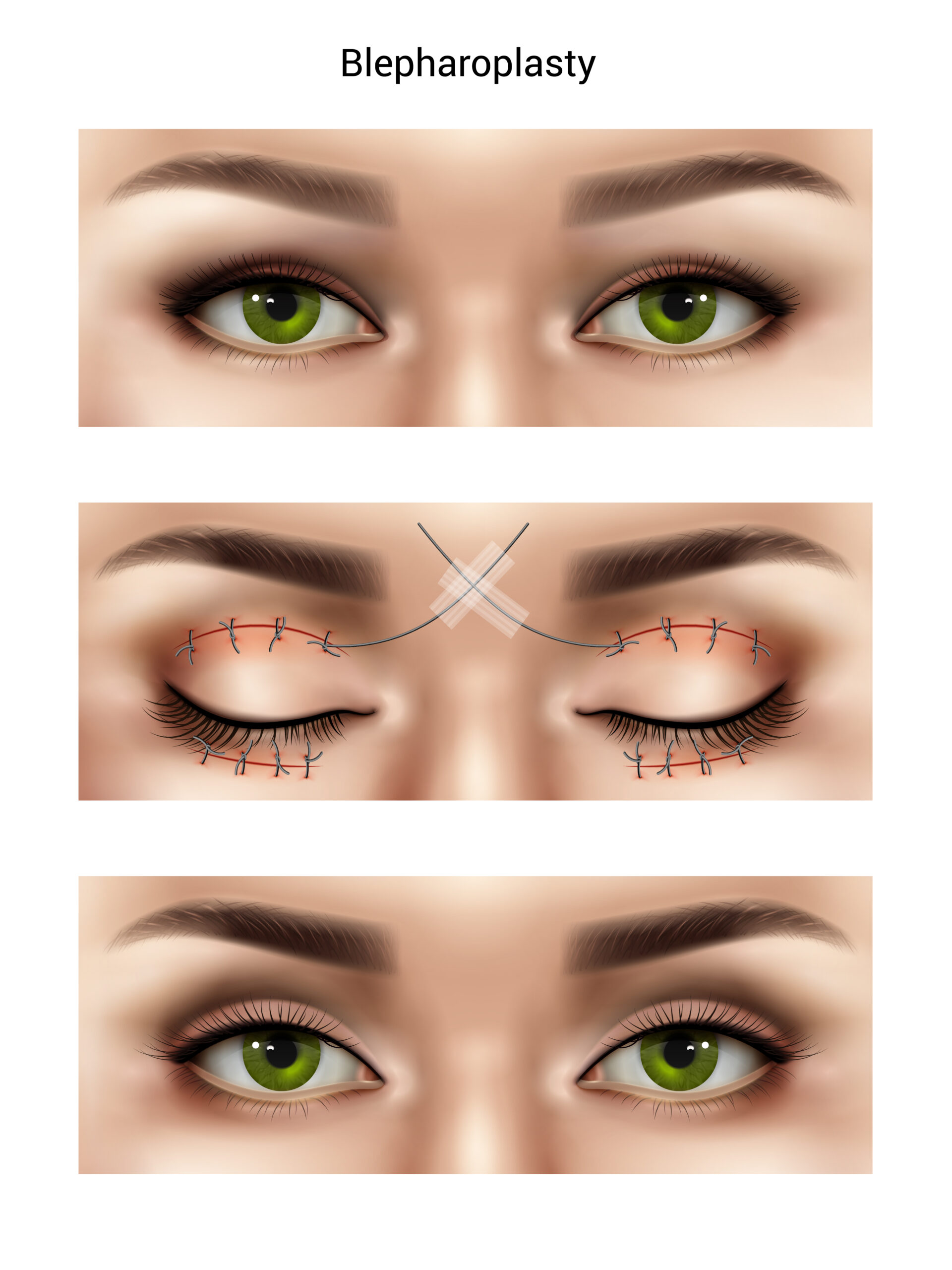
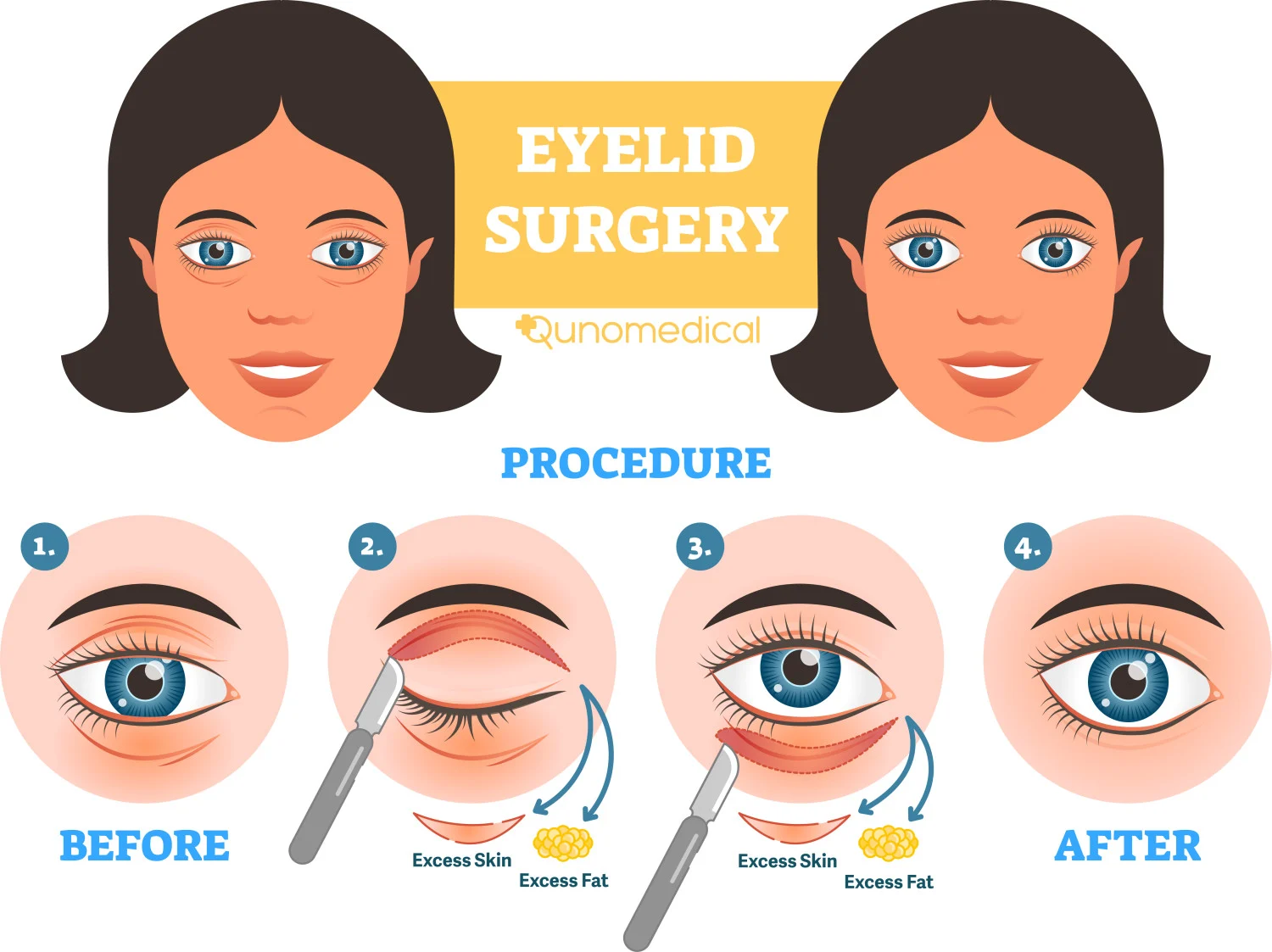
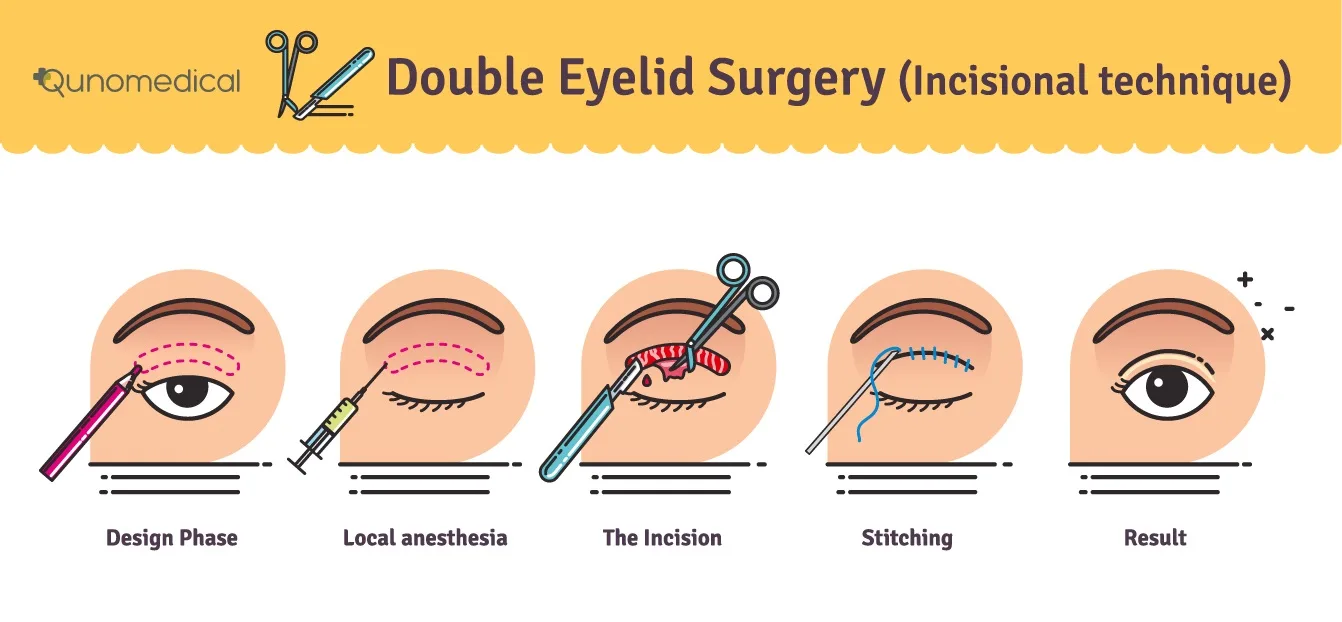
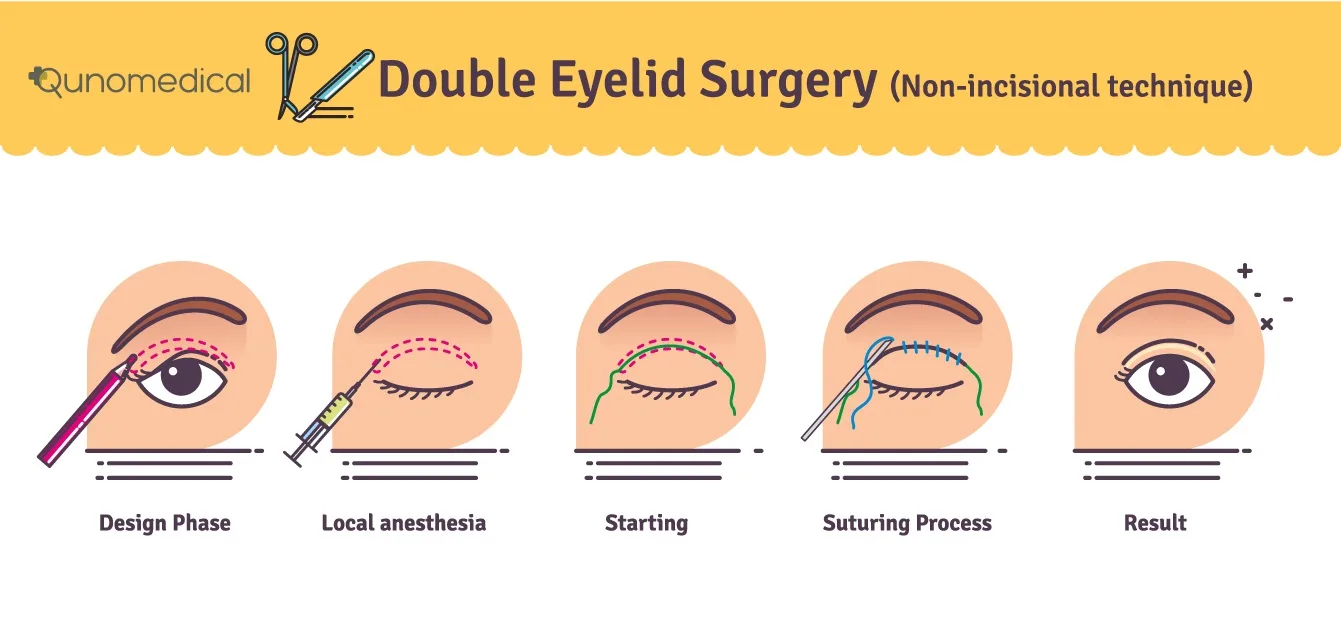
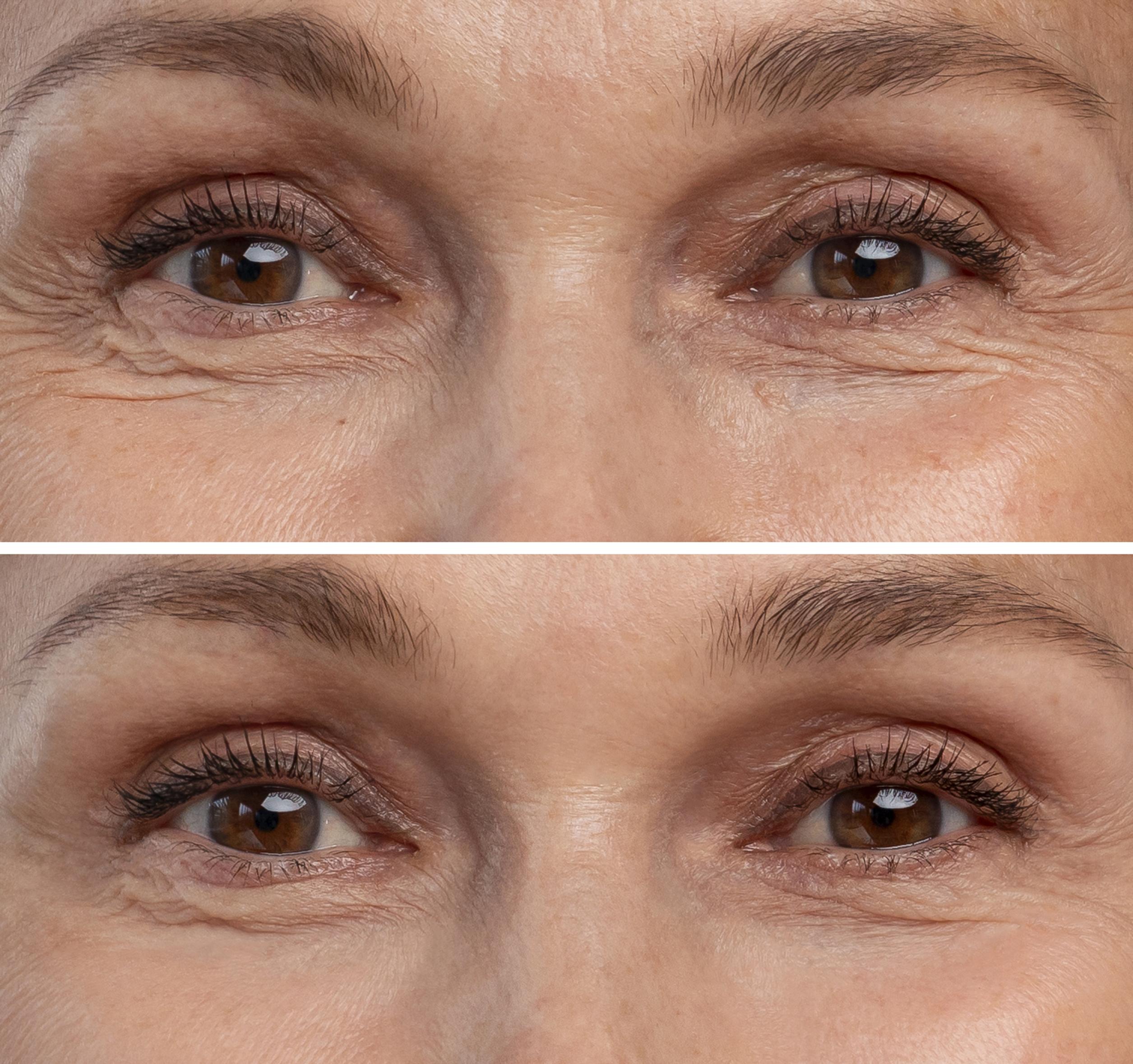
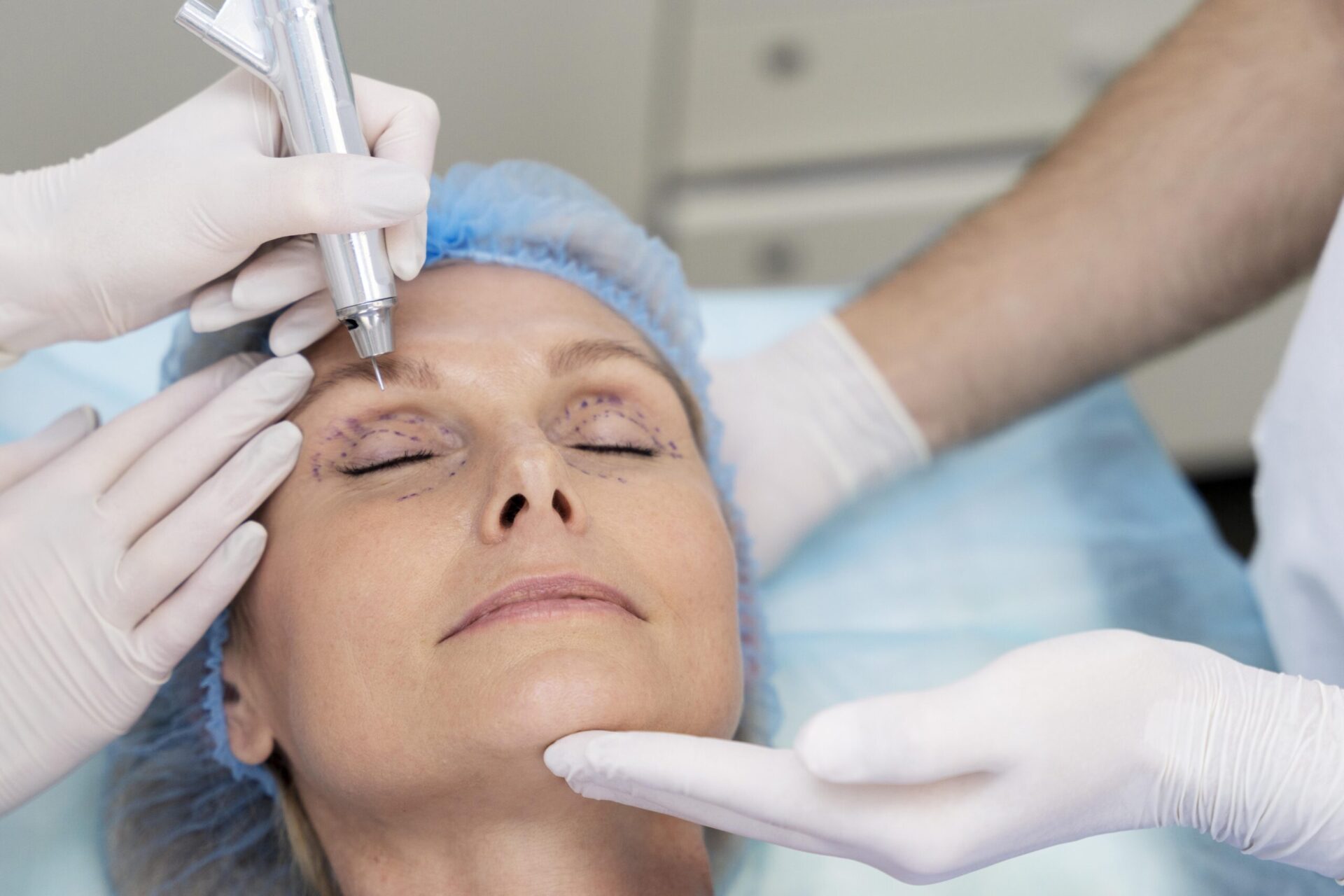

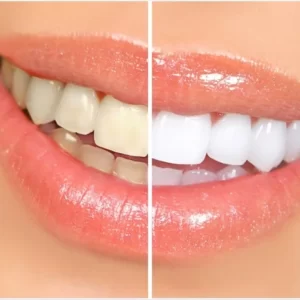



Reviews
There are no reviews yet.